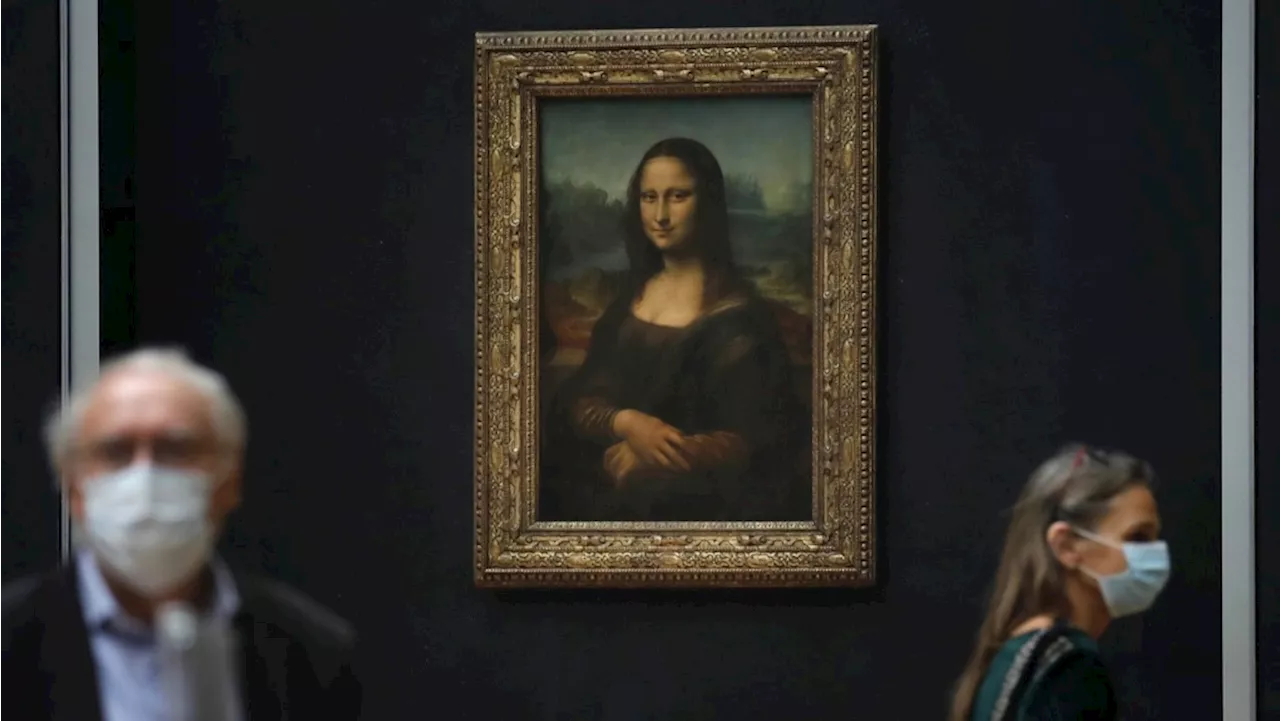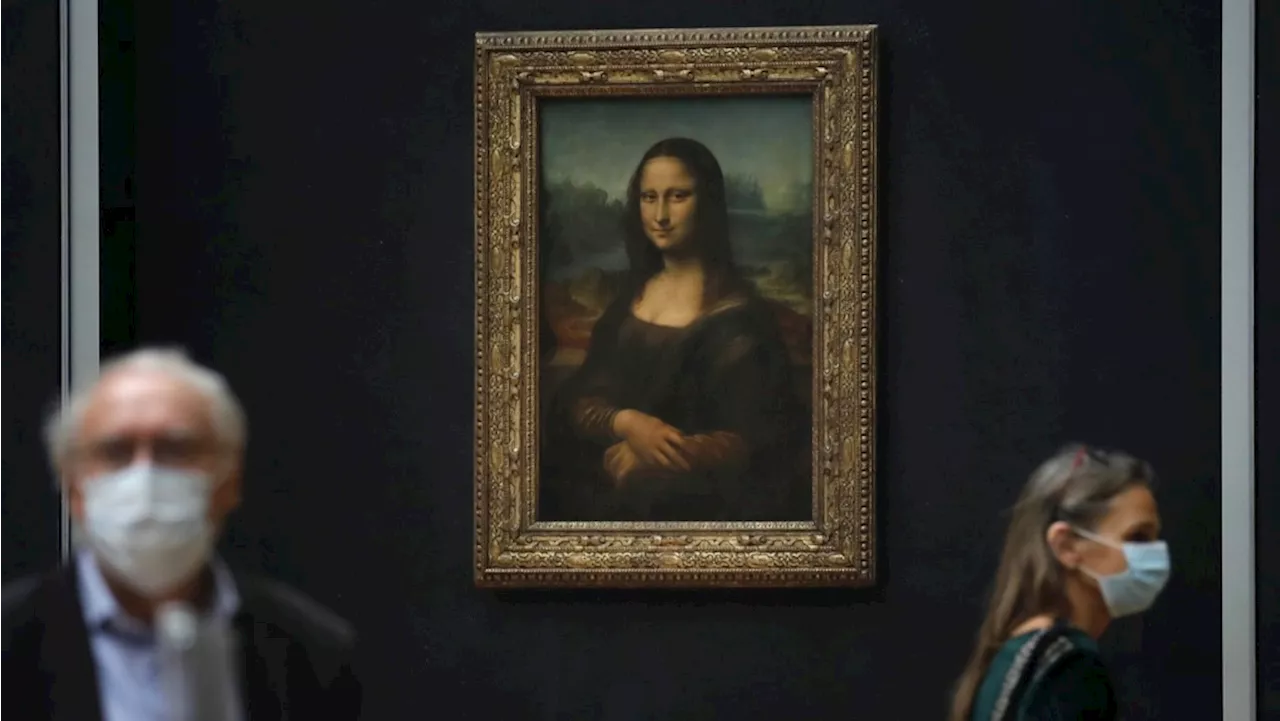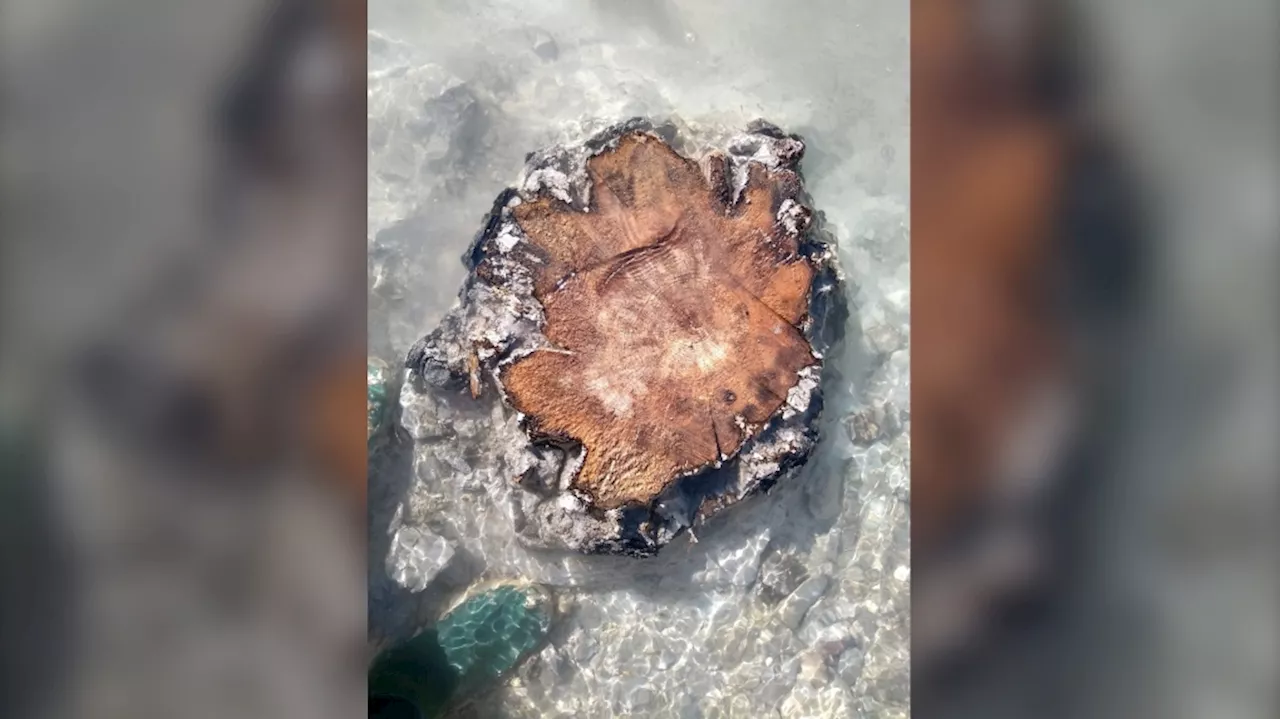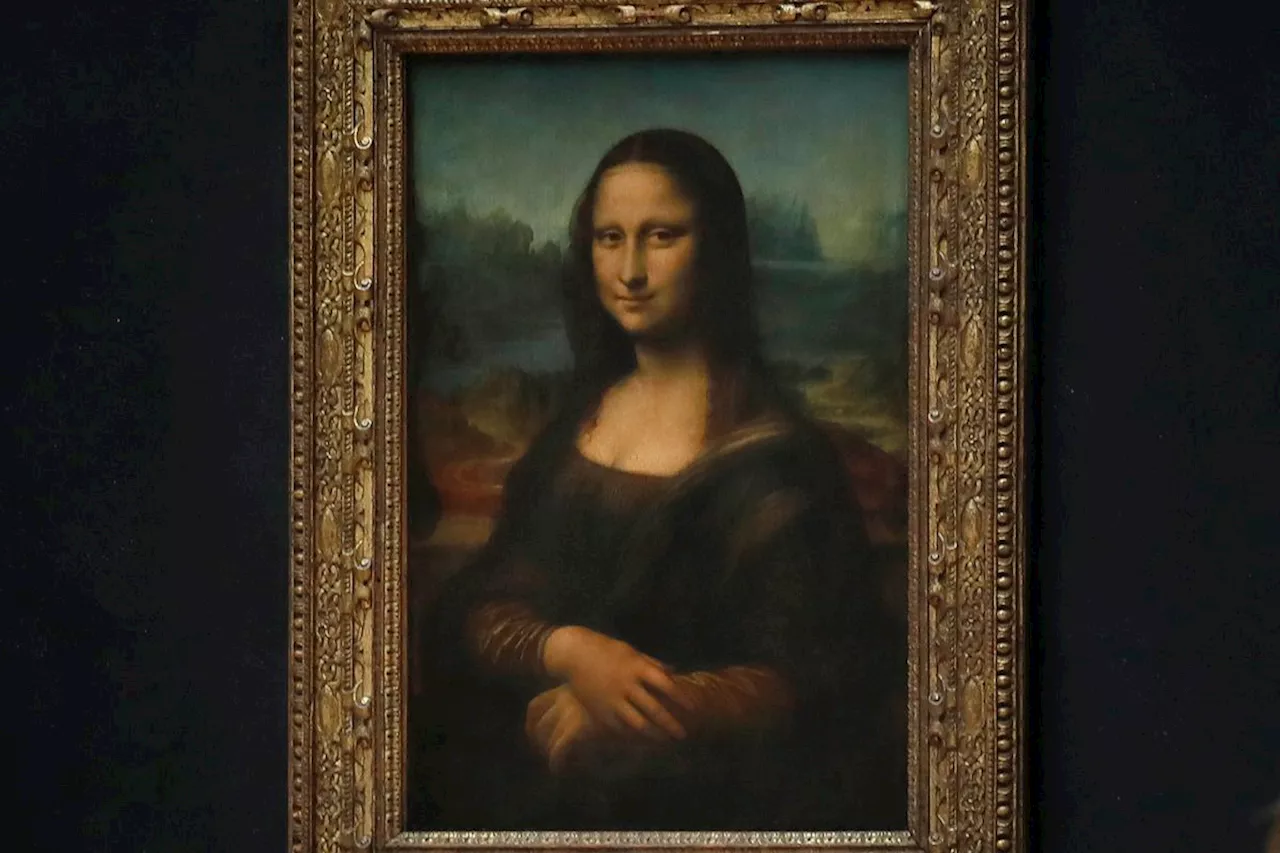Research confirms that Leonardo used lead oxide powder to thicken and help dry his paint as he began working on the Mona Lisa
Using X-rays to peer into the chemical structure of a tiny speck of the celebrated work of art, scientists have gained new insight into the techniques that Leonardo da Vinci used to paint his groundbreaking portrait of the woman with the exquisitely enigmatic smile.
“He was someone who loved to experiment, and each of his paintings is completely different technically,” said Victor Gonzalez, the study’s lead author and a chemist at France’s top research body, the CNRS. Gonzalez has studied the chemical compositions of dozens of works by Leonardo, Rembrandt and other artists.
Carmen Bambach, a specialist in Italian art and curator at New York’s Metropolitan Museum of Art, who was not involved in the study, called the research “very exciting” and said any scientifically proven new insights into Leonardo’s painting techniques are “extremely important news for the art world and our larger global society.”
The scientists peered into its atomic structure using X-rays in a synchrotron, a large machine that accelerates particles to almost the speed of light. That allowed them to unravel the speck’s chemical make-up. Plumbonacrite is a byproduct of lead oxide, allowing the researchers to say with more certainty that Leonardo likely used the powder in his paint recipe.
“It tells us also that those recipes were passed on for centuries,” Gonzalez said. “It was a very good recipe.”
Canada Latest News, Canada Headlines
Similar News:You can also read news stories similar to this one that we have collected from other news sources.
 Scientists winkle a secret from the 'Mona Lisa' about how Leonardo painted the masterpieceThe research, published Wednesday in the Journal of the American Chemical Society, suggests that the famously curious, learned and inventive Italian Renaissance master may have been in a particularly experimental mood when he set to work on the 'Mona Lisa' early in the 16th century.
Scientists winkle a secret from the 'Mona Lisa' about how Leonardo painted the masterpieceThe research, published Wednesday in the Journal of the American Chemical Society, suggests that the famously curious, learned and inventive Italian Renaissance master may have been in a particularly experimental mood when he set to work on the 'Mona Lisa' early in the 16th century.
Read more »
 Scientists extract a secret from the 'Mona Lisa' about how Leonardo painted the masterpieceThe research, published Wednesday in the Journal of the American Chemical Society, suggests that the famously curious, learned and inventive Italian Renaissance master may have been in a particularly experimental mood when he set to work on the 'Mona Lisa' early in the 16th century.
Scientists extract a secret from the 'Mona Lisa' about how Leonardo painted the masterpieceThe research, published Wednesday in the Journal of the American Chemical Society, suggests that the famously curious, learned and inventive Italian Renaissance master may have been in a particularly experimental mood when he set to work on the 'Mona Lisa' early in the 16th century.
Read more »
 Scientists Winkle New Secret From 'Mona Lisa'X-rays were used to peer into the chemical structure of a tiny speck of Leonardo da Vinci's celebrated work of art.
Scientists Winkle New Secret From 'Mona Lisa'X-rays were used to peer into the chemical structure of a tiny speck of Leonardo da Vinci's celebrated work of art.
Read more »
 Scientists don't know a lot about 'catastrophic' solar storms, but this tree could be part of the answerAn ancient tree held evidence of the largest solar storm in Earth's history, a process researchers say can be used to identify the risks in the future.
Scientists don't know a lot about 'catastrophic' solar storms, but this tree could be part of the answerAn ancient tree held evidence of the largest solar storm in Earth's history, a process researchers say can be used to identify the risks in the future.
Read more »
 Human remains discovered at Cherry Beach, Toronto police sayWhile it's still early to paint a broad picture of crime trends during the pandemic, some Canadian police forces are reporting early data that shows increases and decreases in certain crimes.
Human remains discovered at Cherry Beach, Toronto police sayWhile it's still early to paint a broad picture of crime trends during the pandemic, some Canadian police forces are reporting early data that shows increases and decreases in certain crimes.
Read more »
 Scientists pry secret from Mona Lisa about how Leonardo painted the masterpieceResearch confirms that Leonardo used lead oxide powder to thicken and help dry his paint as he began working on the Mona Lisa
Scientists pry secret from Mona Lisa about how Leonardo painted the masterpieceResearch confirms that Leonardo used lead oxide powder to thicken and help dry his paint as he began working on the Mona Lisa
Read more »
